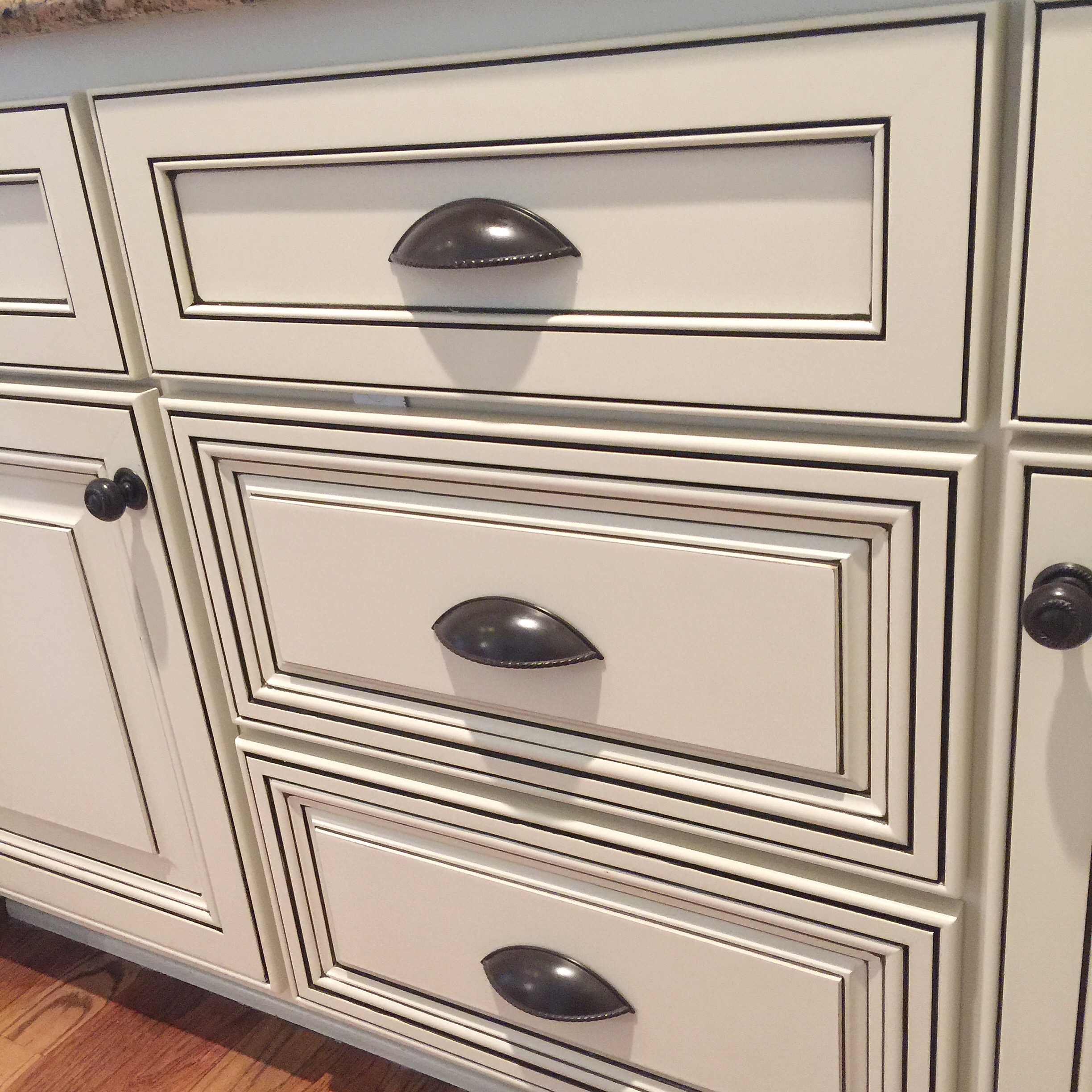Painting and Glazing Techniques: How To Refinish Cabinets With Paint And Glaze

Refinishing kitchen cabinets involves more than just slapping on some paint. Achieving a professional, long-lasting finish requires understanding and employing the right techniques for both painting and glazing. The choice of tools and methods significantly impacts the final appearance and durability of your project.
Painting Techniques for Cabinet Refinishing, How to refinish cabinets with paint and glaze
The selection of your painting method significantly impacts the final outcome. Each method offers unique advantages and disadvantages. Consider the size of your project, your skill level, and the desired finish when making your choice.
- Brush Application: Brushes provide excellent control, allowing for precise application in corners and detailed areas. They’re ideal for smaller projects or intricate details. However, brush strokes can be visible, requiring careful technique to minimize their appearance. A high-quality brush with synthetic bristles is recommended for smooth, even coverage. The downside is that it’s more labor-intensive than other methods.
- Roller Application: Rollers offer speed and efficiency, particularly for large, flat surfaces. They produce a smoother finish than brushes, but may struggle with corners and detailed areas. Using a high-quality foam roller and a suitable paint tray is essential for preventing streaking. A shorter nap roller is preferable for cabinets to avoid leaving an uneven texture.
- Spray Application: Sprayers provide the fastest and most even coverage, minimizing brush strokes and creating a professional-looking finish. However, they require more preparation, including masking and protecting surrounding areas. Sprayers can also be more expensive and require some practice to master. Over-spray can also occur, requiring careful control.
Achieving an Even Paint Finish
Applying paint evenly is crucial for a professional-looking finish. This step-by-step guide will help you achieve a smooth, flawless result.
- Preparation: Ensure the cabinet surfaces are thoroughly cleaned, sanded smooth, and primed. Proper preparation is paramount for paint adhesion and a long-lasting finish. A well-primed surface creates a uniform base for the paint.
- Thin Coats: Apply several thin coats of paint rather than one thick coat. This prevents drips, runs, and ensures even drying. Allow each coat to dry completely before applying the next, following the manufacturer’s drying time recommendations.
- Consistent Technique: Maintain a consistent painting technique throughout the process. Whether using a brush, roller, or sprayer, employ smooth, even strokes to avoid lap marks or visible brushstrokes. For brushes and rollers, work in the same direction, overlapping slightly with each stroke.
- Light Sanding (Optional): Between coats, lightly sand with fine-grit sandpaper to smooth out any imperfections. Wipe away sanding dust before applying the next coat. This step creates a smoother, more even finish.
- Final Inspection: Once the final coat is dry, inspect the cabinets carefully for any imperfections. Touch up any areas needing attention before proceeding to the glazing stage.
Glazing Techniques for Cabinets
Glazing adds depth and dimension to your refinished cabinets, enhancing their overall appearance. Different glazing techniques achieve various effects.
- Dry Brushing: This technique involves using a dry brush with a small amount of glaze to create a textured, antiqued look. Imagine a lightly loaded brush moving across the surface, leaving behind only a whisper of color in the crevices and raised areas. This method gives a rustic, aged effect.
- Sponging: Using a sea sponge, dab glaze onto the cabinet surfaces. The sponge creates a mottled, uneven effect, ideal for a distressed or shabby chic look. Visualize the sponge gently pressing and releasing, creating soft, irregular patches of glaze. The sponge’s texture translates directly to the cabinet surface.
- Ragging: This technique involves wiping glaze onto the cabinet surfaces using a crumpled rag. The amount of glaze and the pressure applied will determine the level of coverage and the intensity of the color. The rag creates a more even, blended effect compared to sponging or dry brushing. Imagine wiping with a slightly damp rag, leaving a subtle, uneven layer of glaze.
